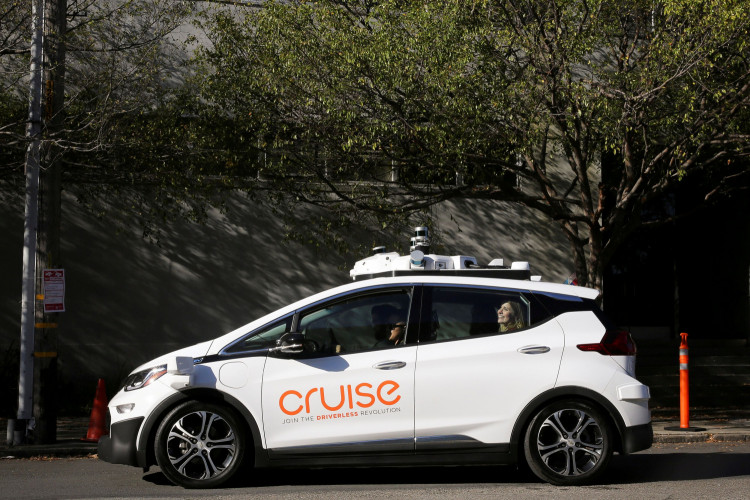The California Department of Motor Vehicles (DMV) has suspended Cruise's permits for autonomous vehicle deployment and testing, citing immediate safety concerns. This decision comes less than three months after the California Public Utilities Commission greenlit Cruise's plan to offer 24/7 driverless rides in San Francisco.
The suspension was triggered by a series of incidents that raised alarms about the safety of Cruise's autonomous vehicles. One such incident in August saw a Cruise vehicle collide with a fire truck, resulting in injuries. More recently, a pedestrian was critically injured in a hit-and-run accident involving another vehicle. The pedestrian was thrown into the path of an oncoming Cruise robotaxi, which detected the collision and stopped atop the pedestrian. The vehicle then veered off the road, dragging the pedestrian approximately 20 feet before coming to a halt.
The National Highway Traffic Safety Administration (NHTSA) has since launched an investigation into Cruise, focusing on whether the company has taken adequate measures to ensure pedestrian safety. The probe was initiated after multiple reports of pedestrian injuries involving Cruise vehicles surfaced over the past few months.
The California DMV's decision to suspend Cruise's permits was based on several determinations. These include findings that Cruise's autonomous vehicles might not be safe for public operation, potential misrepresentation of safety information related to the autonomous technology of its vehicles, and the possibility that the vehicles pose an unreasonable risk to the public.
In response to the suspension, Cruise has paused its driverless operations in San Francisco. The company has expressed its commitment to cooperating with the California DMV's investigation. Cruise also confirmed its involvement in assisting the police in identifying the driver responsible for the initial hit-and-run incident that critically injured the pedestrian.
Following the hit-and-run incident, Cruise released a blog post detailing the event. The company stated that had their vehicle detected the pedestrian before she was hit by the other car, simulations indicate the accident could have been prevented. Cruise emphasized its dedication to safety, stating, "safety is at the core of everything we do at Cruise." The company is now actively working on potential enhancements to its autonomous vehicle's response to such rare incidents.
While the suspension is a setback for Cruise, it doesn't mark the end of the road for their autonomous operations in California. The company can reapply for the necessary permits, but approval will only be granted if the California DMV is convinced of the safety of Cruise's driverless taxis. Until then, Cruise can continue its taxi service, provided there's a human driver behind the wheel.
This series of events underscores the challenges and complexities of integrating autonomous vehicles into urban environments. As companies like Cruise push the boundaries of technology, ensuring the safety of all road users remains paramount.






